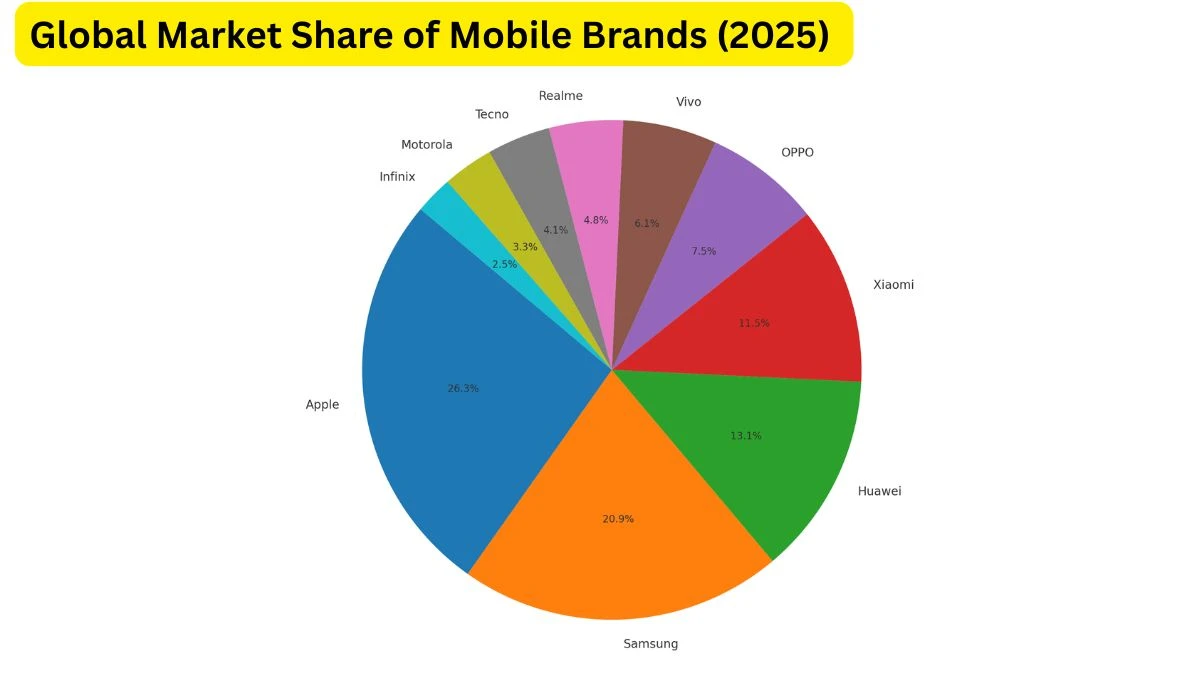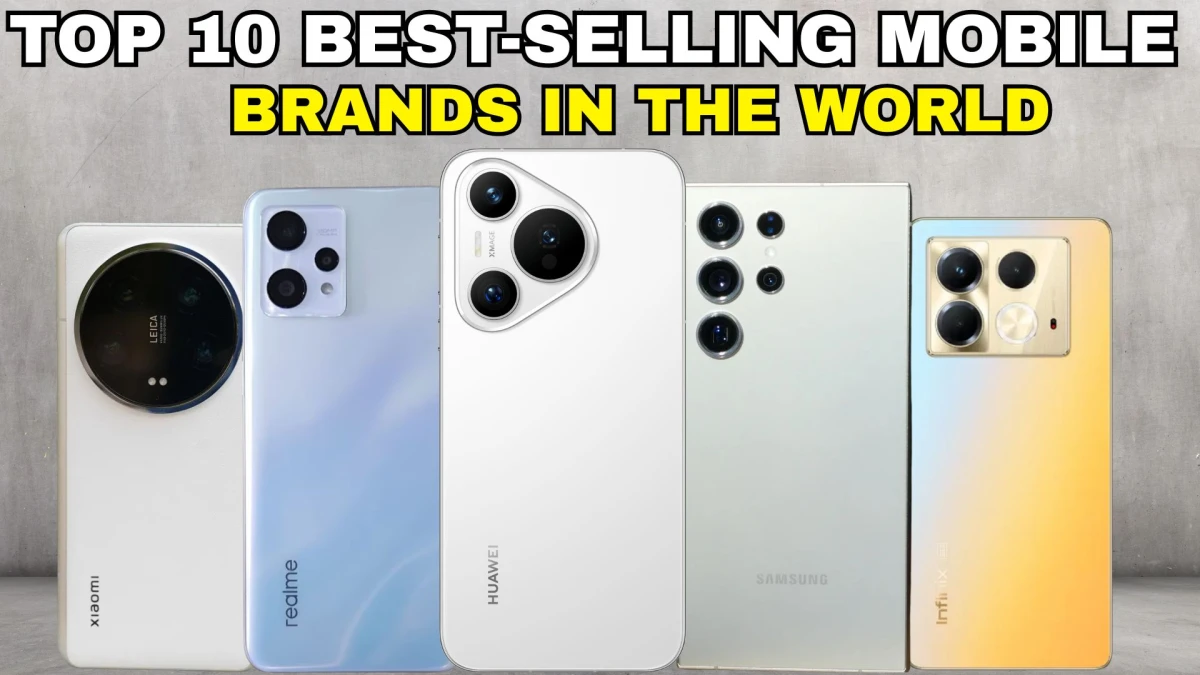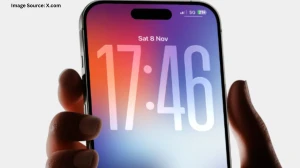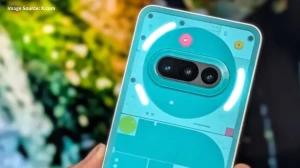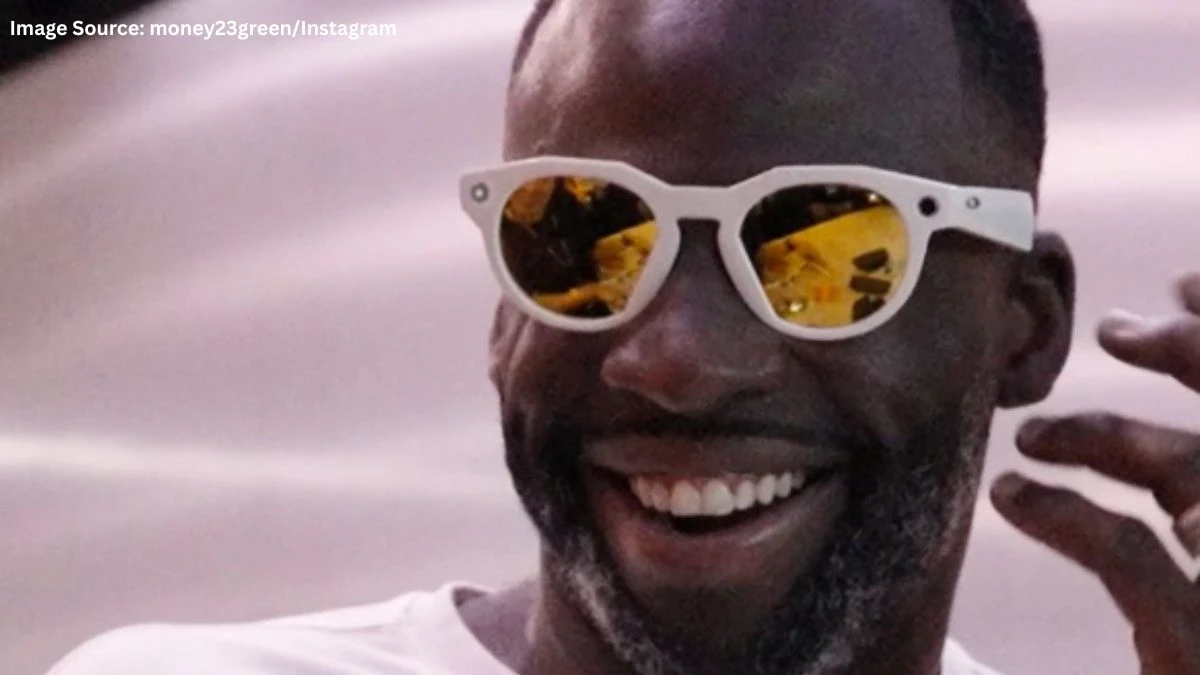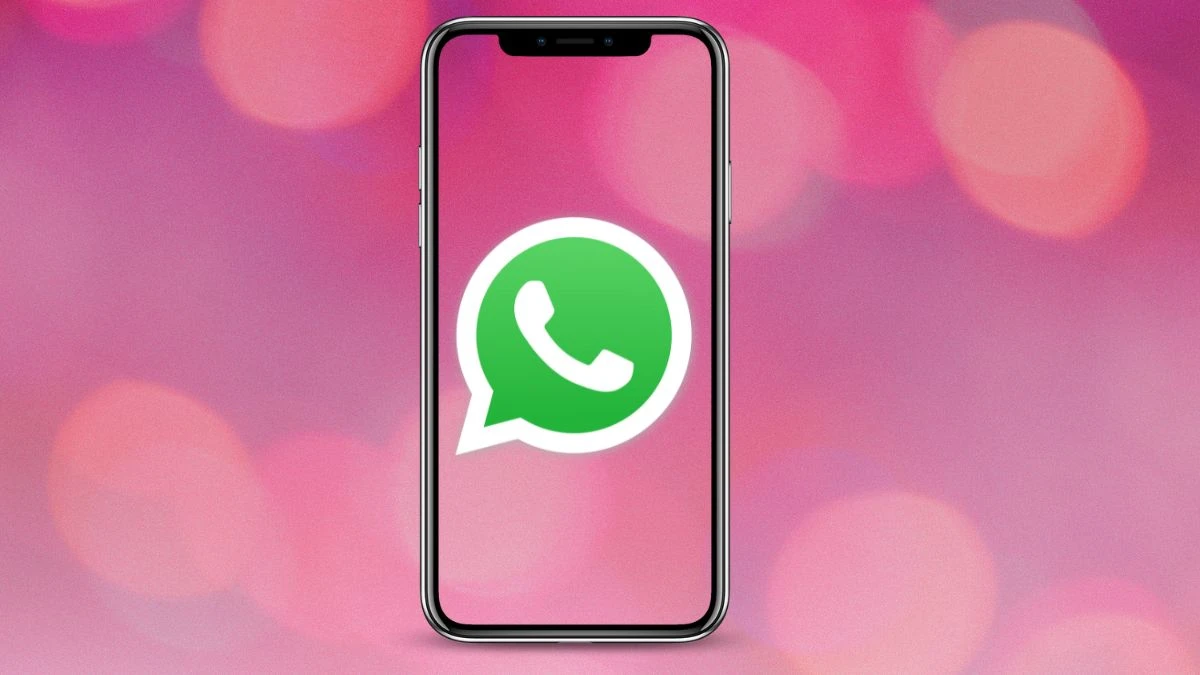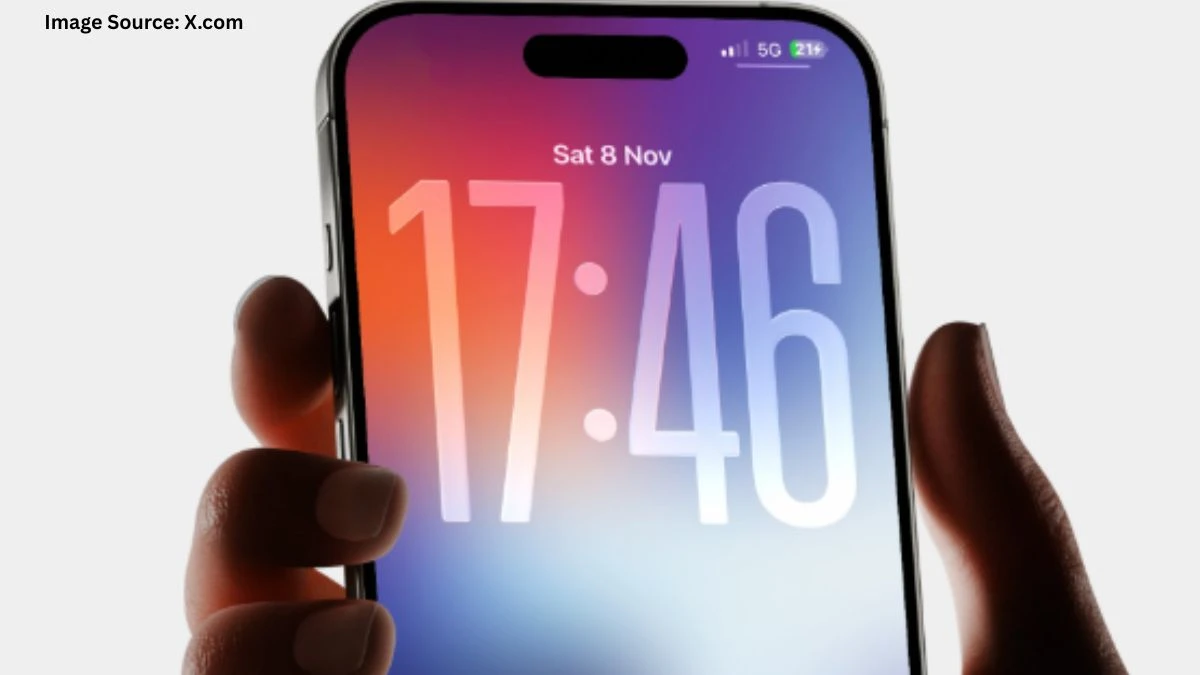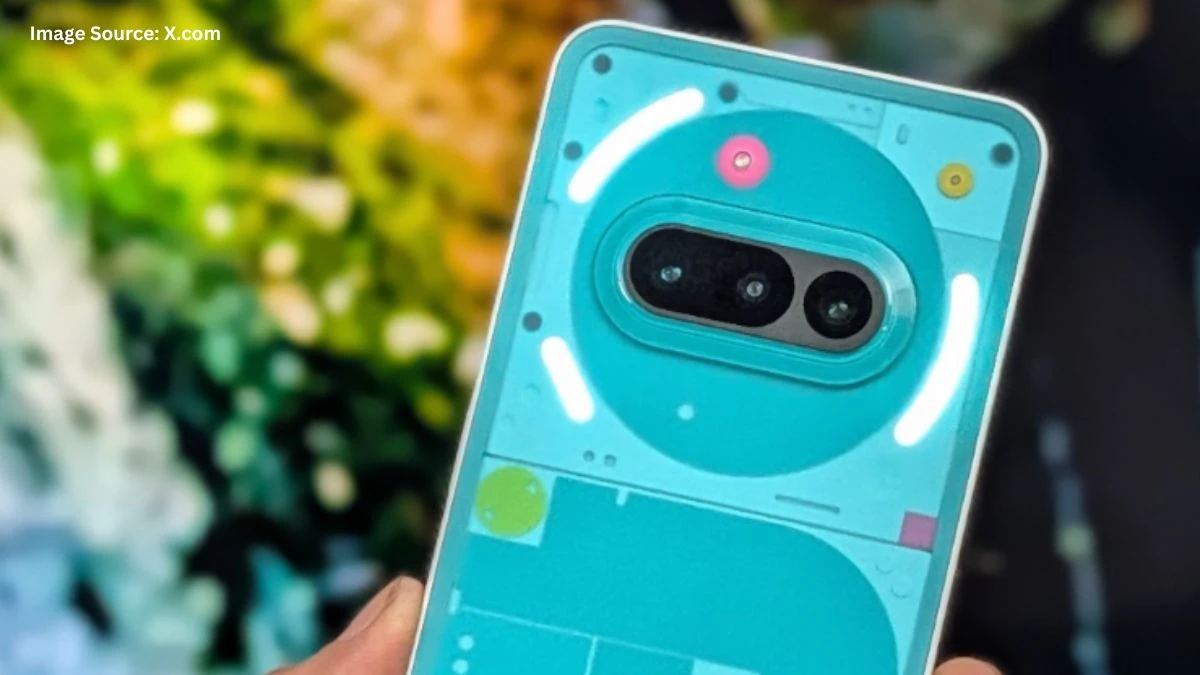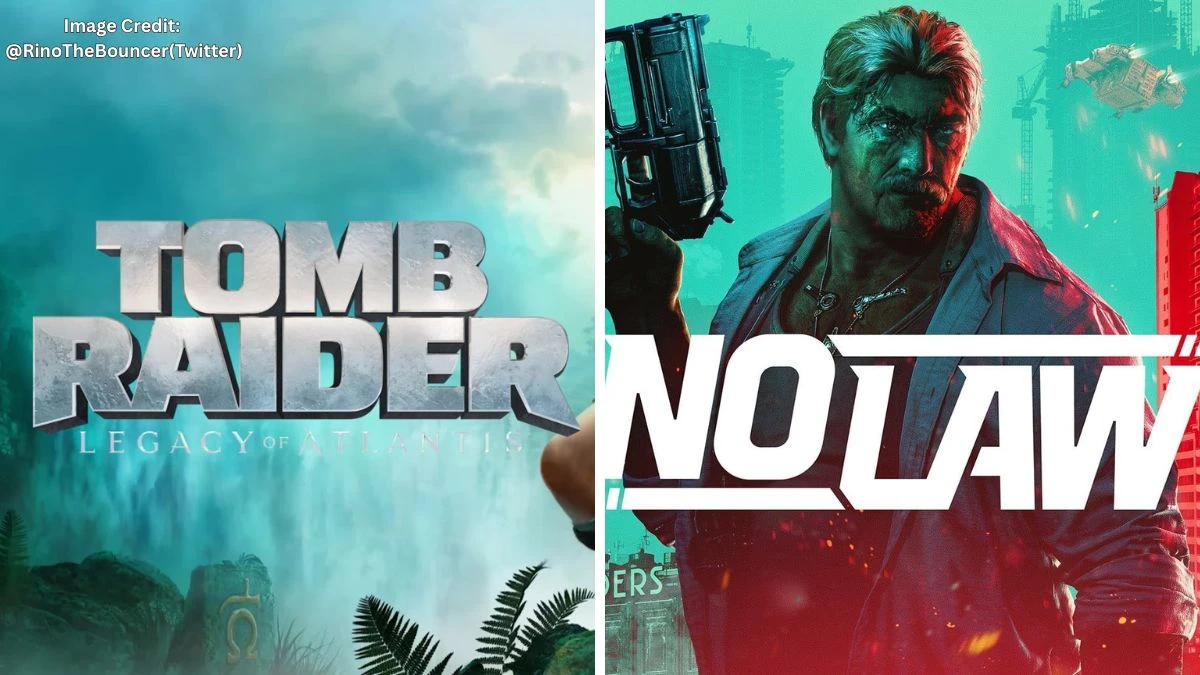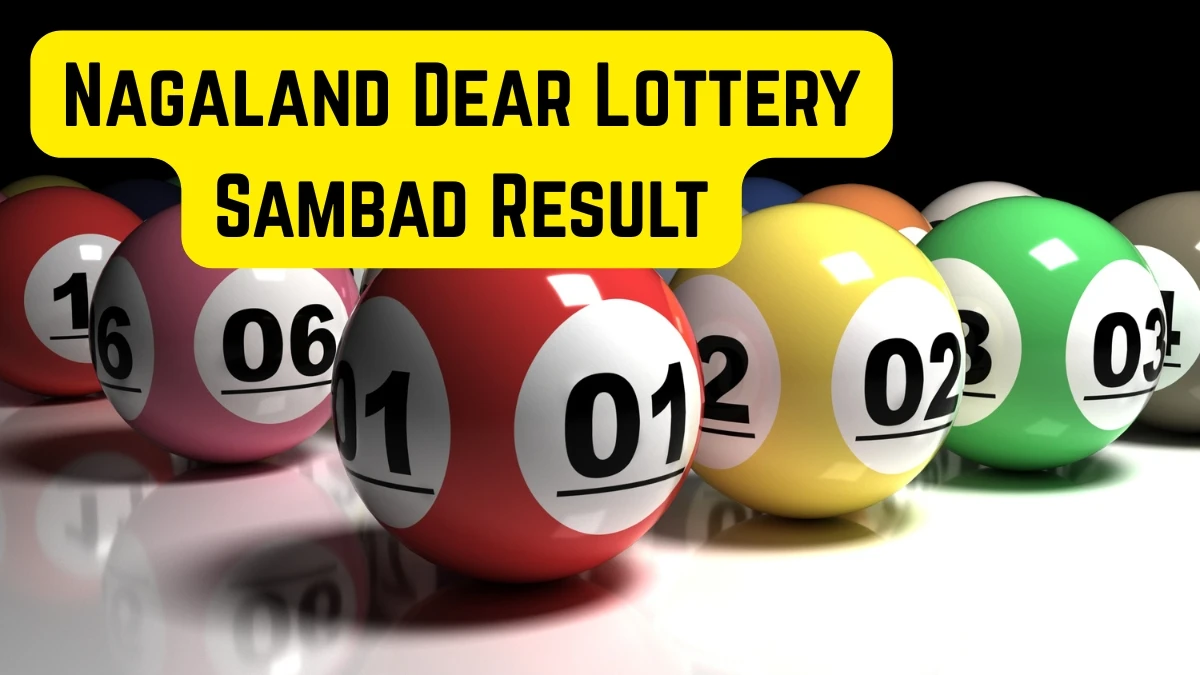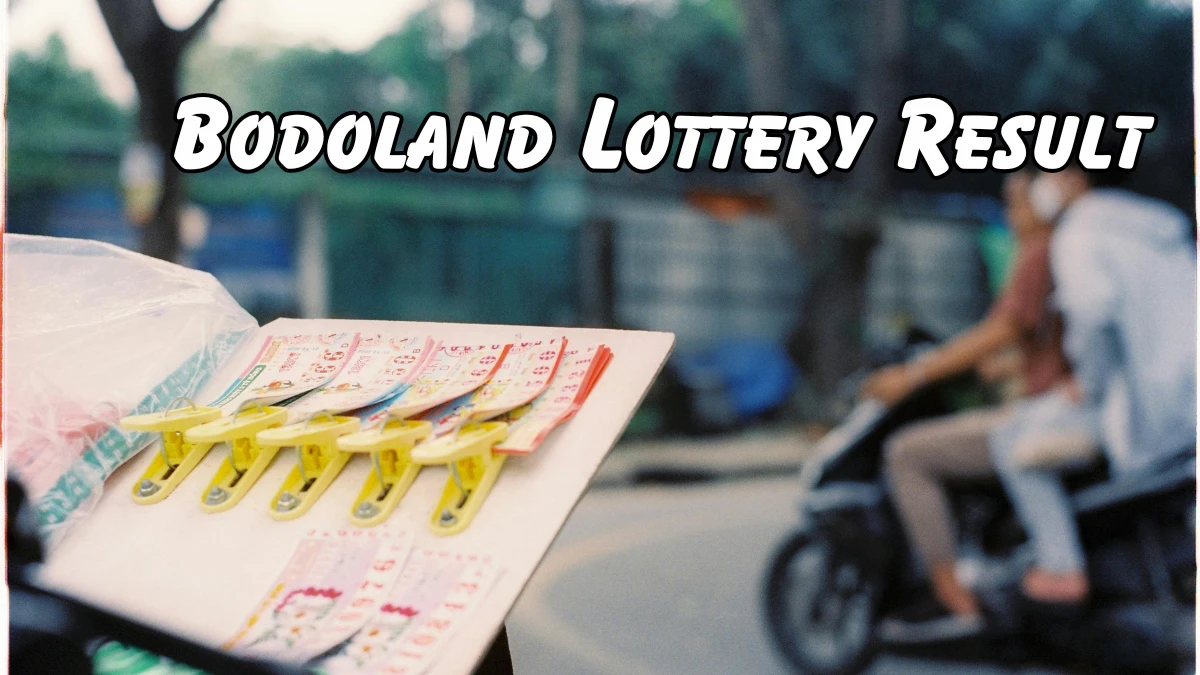Top 10 Best-Selling Mobile Brands in the World
The global smartphone market has seen significant changes in 2025, with established giants holding their ground while facing increased competition from emerging brands. This dynamic landscape reflects evolving consumer preferences, technological innovation, and shifting market strategies.
Let's dive into the current rankings of the world's most successful mobile phone brands and explore what makes each one stand out in this fiercely competitive industry.
| Rank | Mobile Brand |
|---|---|
| 10 | Infinix |
| 9 | HONOR |
| 8 | Motorola |
| 7 | Huawei |
| 6 | Realme |
| 5 | Vivo |
| 4 | Oppo |
| 3 | Xiaomi |
| 2 | Samsung |
| 1 | Apple |
10. Infinix (3.0% market share)
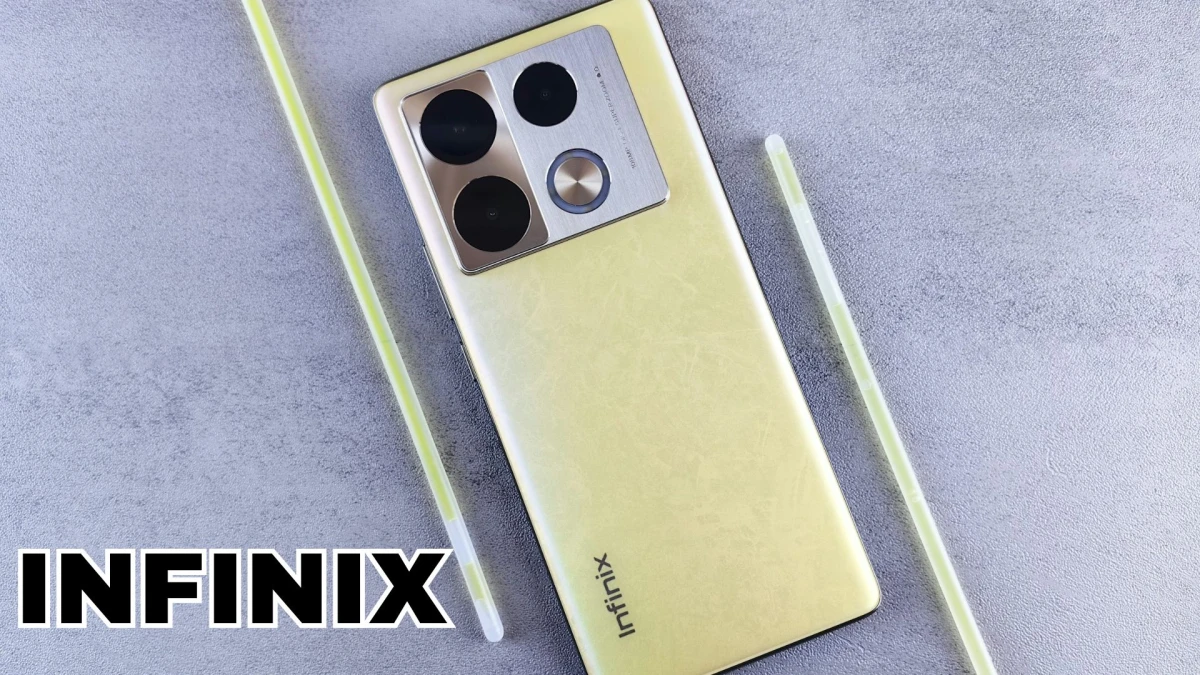
- Flagship Models: Note Series, Zero Series
- Strengths: Emerging markets focus, affordable features, large displays
- Key Features: Large batteries, large screens, competitive pricing
Rounding out our top 10 is Infinix with approximately 3.0% market share. The Transsion Holdings brand has gained significant traction in emerging markets by offering feature-rich devices at accessible price points.
Why It's a Best-Seller:
Strong in emerging markets with a focus on affordable innovation—offering AMOLED screens, big batteries, and stylish designs at low prices.
9. HONOR (3.0% market share)
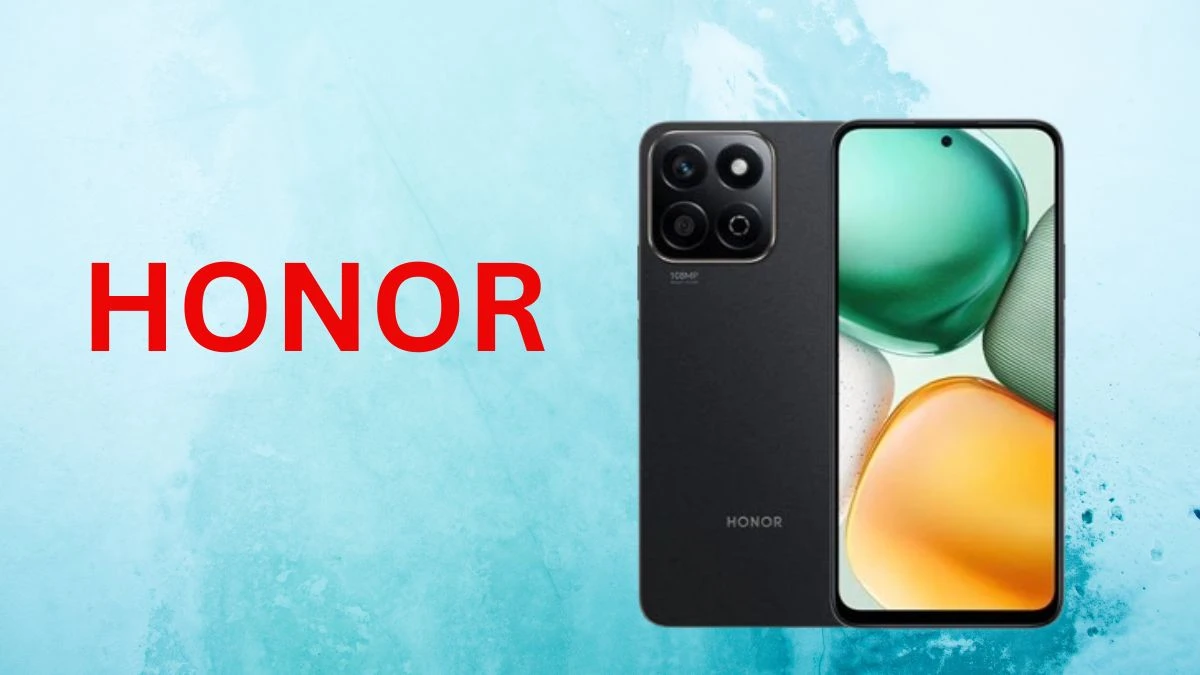
- Flagship Models: Magic Series, Number Series
- Strengths: Design-focused, AI capabilities, emerging global presence
- Key Features: Multi-camera systems, unique finishes, expanding ecosystem
HONOR holds approximately 3.0% of the global smartphone market. Since becoming independent, the brand has expanded its premium offerings while maintaining strong presence in the mid-range segment.
Why It's a Best-Seller:
HONOR has re-emerged as a best-selling smartphone brand after its split from Huawei, regaining access to Google services and global chipsets.
Its premium Magic series and stylish midrange phones have gained popularity across China and Europe. With strong AI features, innovative design, and competitive pricing, HONOR appeals to both tech-savvy and value-driven users.
8. Motorola (3.2% market share)
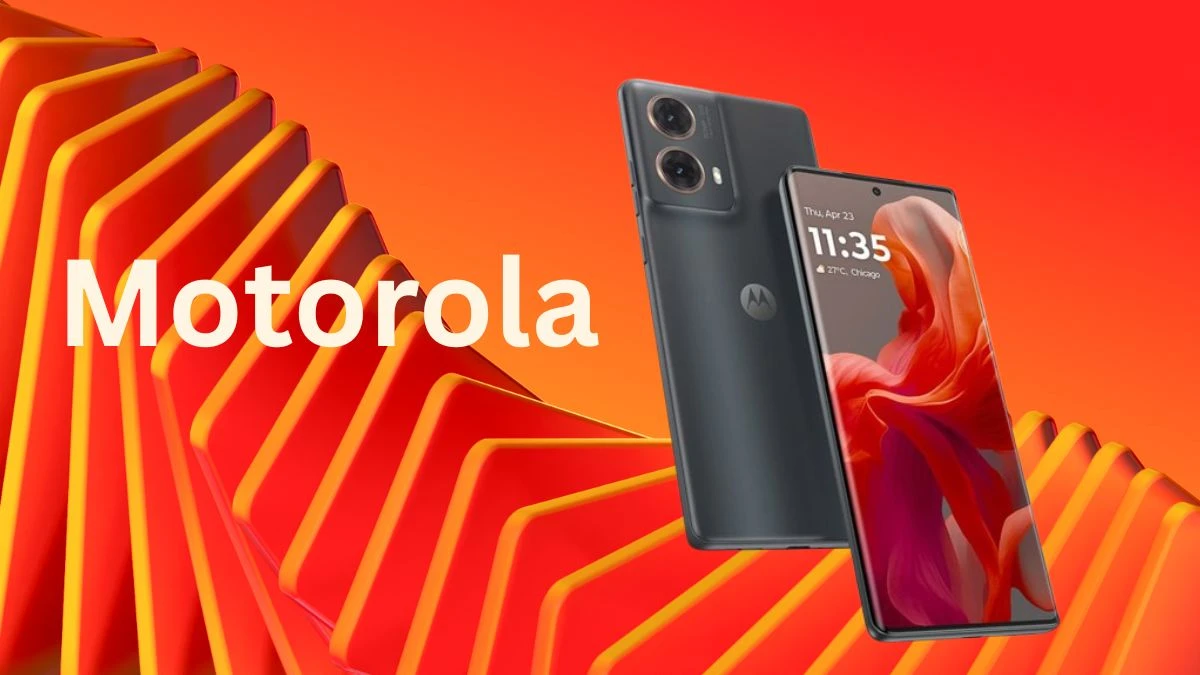
- Flagship Models: Edge Series, Razr Series
- Strengths: Stock Android experience, nostalgic appeal, innovative foldables
- Key Features: Clean software, distinctive design, competitive mid-range offerings
Motorola (owned by Lenovo) holds approximately 3.2% of the global smartphone market. The brand balances innovation with nostalgia, offering modern devices like the Edge series alongside reimagined classics like the Razr foldable.
Why It's a Best-Seller:
A comeback brand with clean Android UI and unique foldable offerings (Razr). Appeals to both midrange users and nostalgic premium buyers.
7. Huawei (3.5% market share)
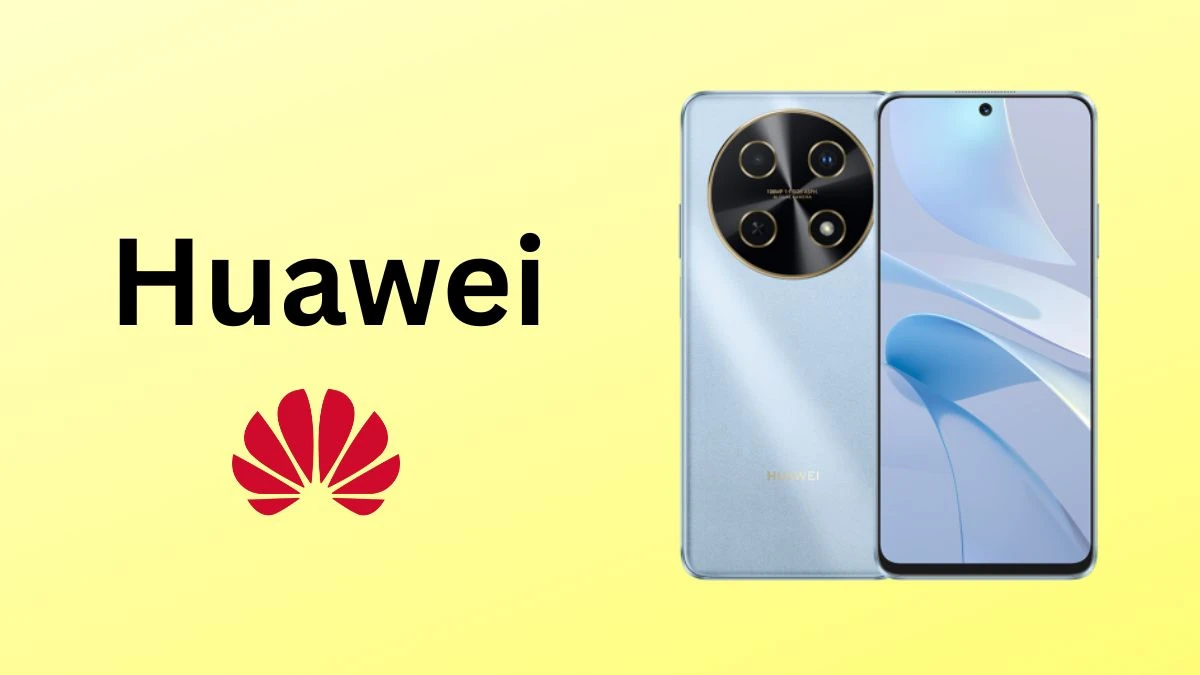
- Flagship Models: Mate Series, P Series
- Strengths: Camera excellence, build quality, hardware innovation
- Key Features: Leica partnership (on certain models), sophisticated AI, elegant design
Despite facing significant challenges in recent years, Huawei maintains approximately 3.5% global market share. The company continues to produce innovative devices with emphasis on photography and premium build quality.
Why It's a Best-Seller:
Despite US sanctions, Huawei continues to thrive in China and parts of Asia. Known for superior hardware, camera innovation (Leica lenses), and its HarmonyOS ecosystem.
6. Realme (3.9% market share)
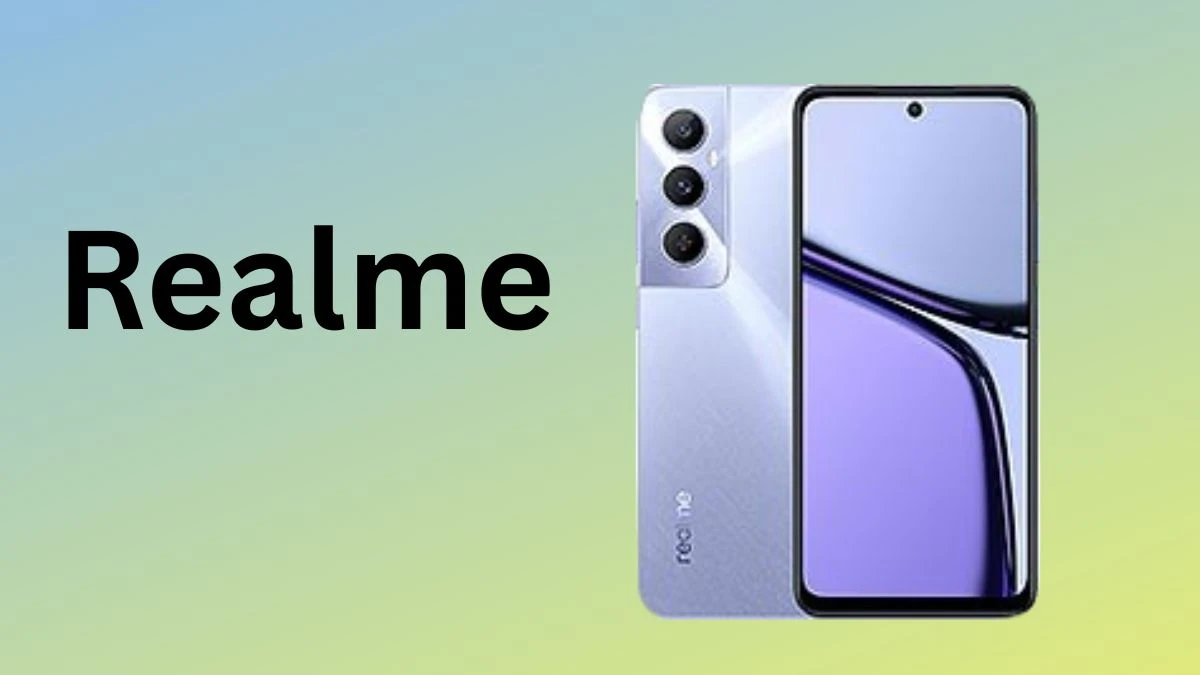
- Flagship Models: Realme GT Series, Number Series
- Strengths: Performance-focused devices, rapid charging, youthful appeal
- Key Features: High refresh rate displays, gaming optimizations, competitive pricing
Realme has maintained its position among the top global smartphone brands with approximately 3.9% market share. The relatively young brand continues to attract tech enthusiasts with performance-focused devices at competitive prices.
Why It's a Best-Seller:
Realme excels in delivering high-performance smartphones at disruptive prices, especially appealing to youth markets. Known for fast charging and powerful chipsets.
5. Vivo (8.3% market share)
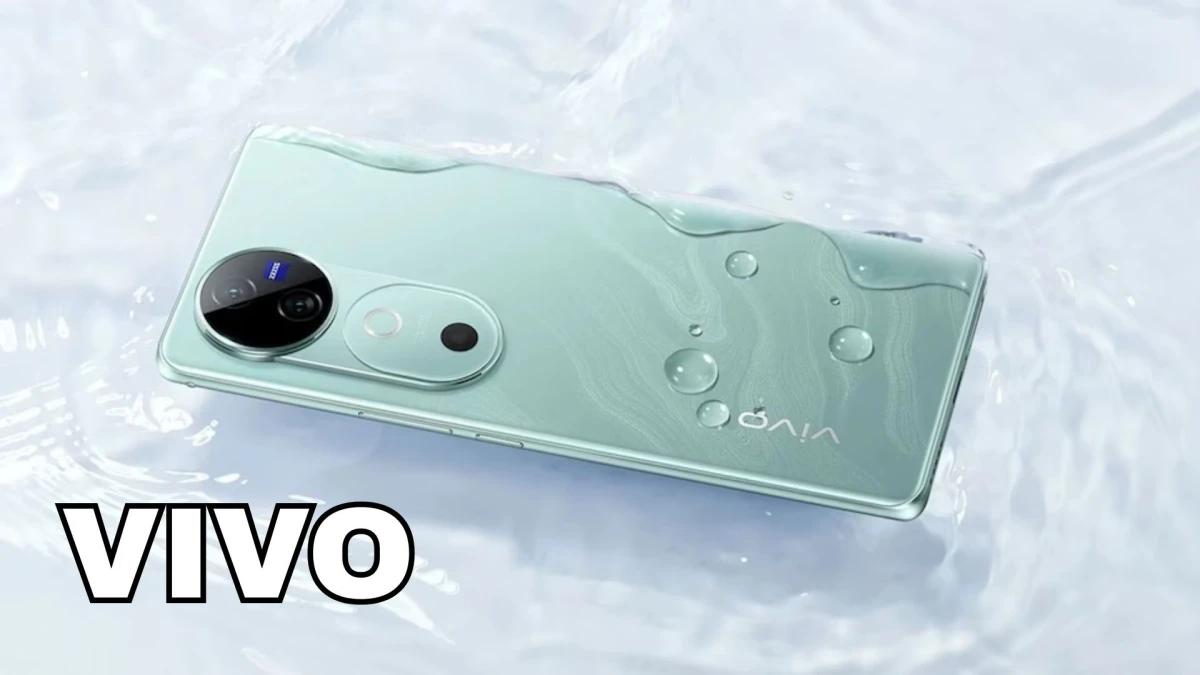
- Flagship Models: Vivo X Series, V Series
- Strengths: Camera-centric approach, audio enhancements, thin designs
- Key Features: Gimbal camera systems, professional photography modes, premium audio
With approximately 8.3% market share, Vivo continues to impress with its focus on mobile photography and sleek designs. The brand has established itself as a photography powerhouse with innovative stabilization technology.
Why It's a Best-Seller:
Vivo focuses on mobile photography and trendy design, especially in Asia. Sub-brand iQOO caters to gamers and tech enthusiasts.
4. OPPO (8.4% market share)
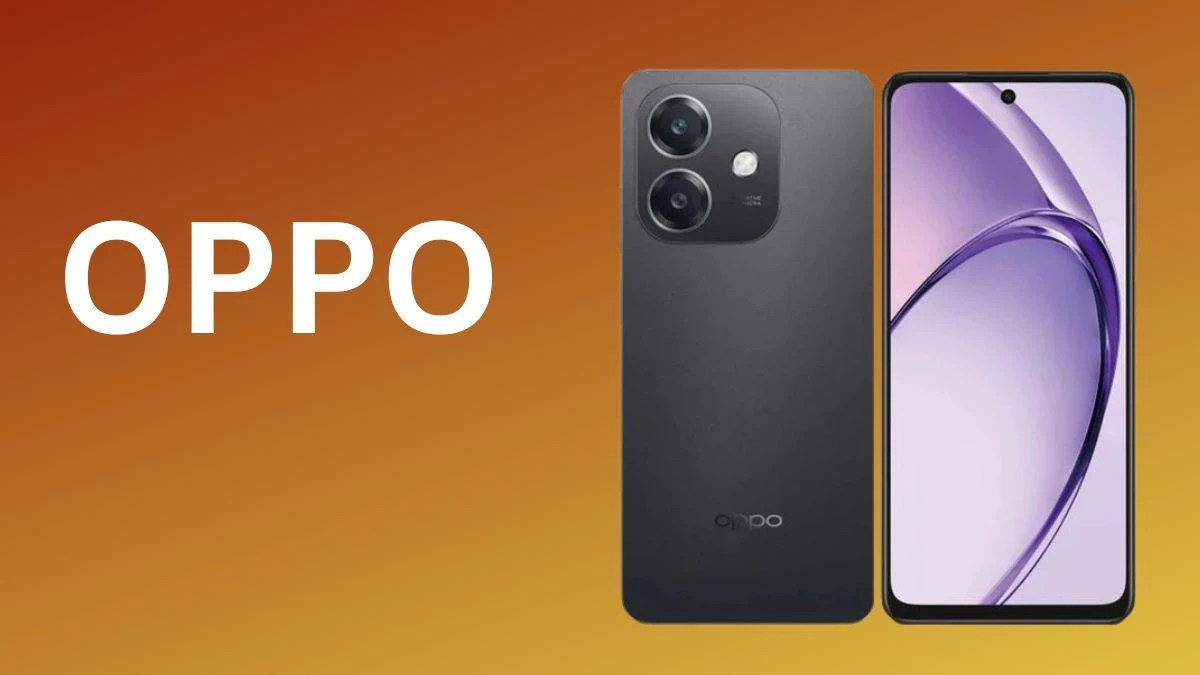
- Flagship Models: Find X8 Series, Reno Series
- Strengths: Camera innovation, fast charging technology, sleek design
- Key Features: Hasselblad camera partnership, 100W+ fast charging, premium build quality
OPPO has captured approximately 8.4% of the global smartphone market, establishing itself as a leader in camera technology and fast charging solutions. The company's Find X series continues to push boundaries in design and photography.
Why It's a Best-Seller:
OPPO is known for design-focused devices and camera innovation (e.g., MariSilicon X). Its Reno and Find series strike a balance between style and performance.
3. Xiaomi (13.8% market share)
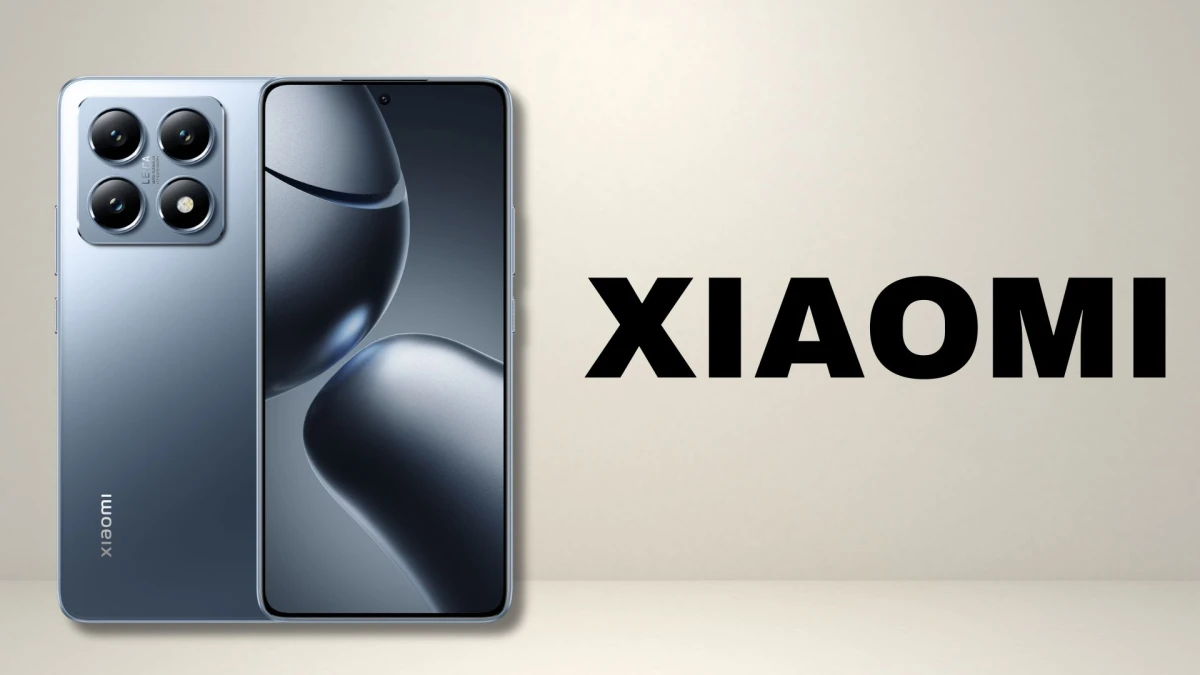
- Flagship Models: Xiaomi 15 Series, Redmi Note 13 Series
- Strengths: Exceptional value, rapid innovation, expanding global presence
- Key Features: High-quality hardware at competitive prices, MIUI software enhancements
Xiaomi has solidified its position as the third-largest smartphone brand globally with approximately 13.8% market share. The Chinese company continues to disrupt the market with feature-packed devices at competitive prices while expanding its premium offerings.
Why It's a Best-Seller:
Xiaomi blends aggressive pricing with top-tier specs, pushing models like the Redmi Note and Xiaomi 14 series. Strong presence in India, Europe, and Southeast Asia.
2. Samsung (18.2% market share)
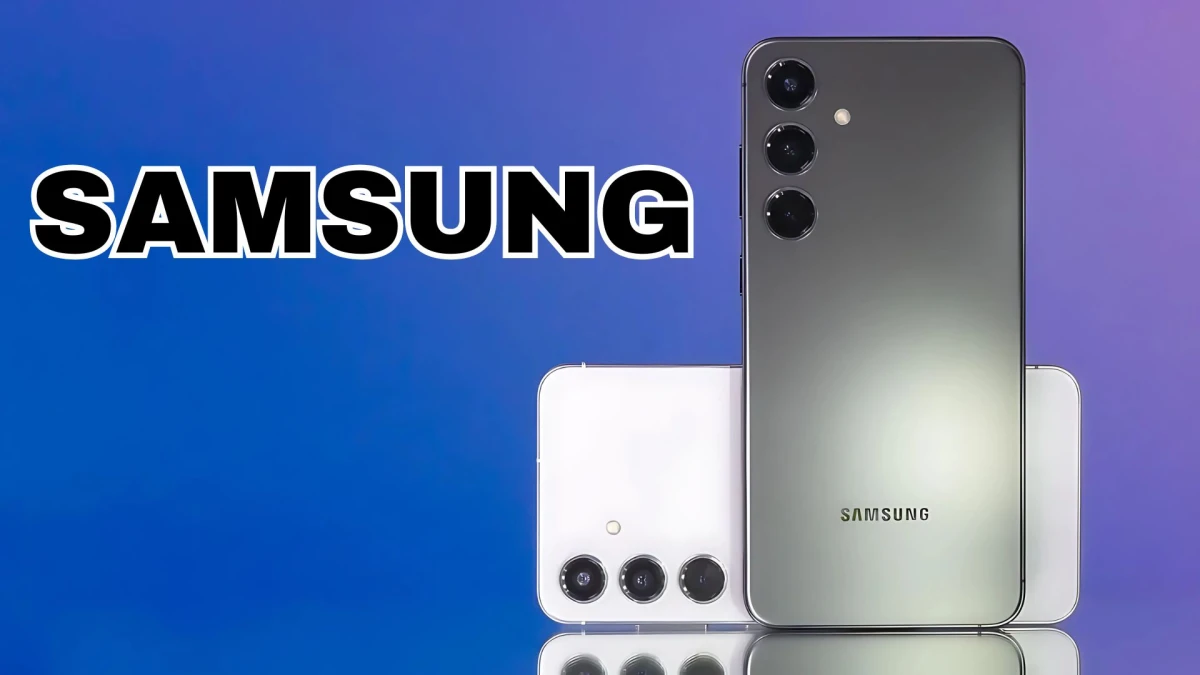
- Flagship Models: Galaxy S25 Series, Galaxy Z Fold5, Galaxy Z Flip5
- Strengths: Diverse product range, display technology leadership, foldable innovation
- Key Features: Versatile camera systems, AI integration, high-quality AMOLED displays
As Apple's closest competitor, Samsung holds approximately 18.2% of the global market. The Korean giant offers smartphones across all price segments, from budget-friendly A-series to premium S and Z series devices. Samsung's leadership in display technology and commitment to foldable innovation continues to drive its success.
Why It's a Best-Seller:
Samsung offers a wide range of devices from budget to ultra-premium. It's a pioneer in foldables (Galaxy Z Fold/Flip), display tech, and Android innovation, with strong global distribution.
1. Apple (18.4% market share)

- Flagship Models: iPhone 16 Series
- Strengths: Premium ecosystem, brand loyalty, superior software integration
- Key Features: Advanced AI capabilities, industry-leading camera systems, powerful processors
Apple continues to dominate the global smartphone market with approximately 18.4% market share. The company's focus on high-end devices with seamless ecosystem integration keeps customers loyal despite premium pricing. The iPhone 16 series has cemented Apple's position with its cutting-edge AI features and camera enhancements.
Why It's a Best-Seller:
Apple dominates the premium smartphone market with its seamless ecosystem (iOS, iCloud, Mac, Watch), high resale value, and strong brand loyalty. Flagship iPhones lead in performance, security, and camera quality.
Here's a pie chart visualizing the global market share of the top 10 mobile brands in 2025.
